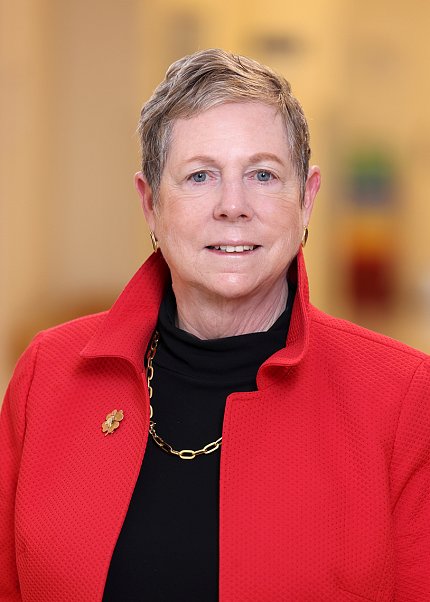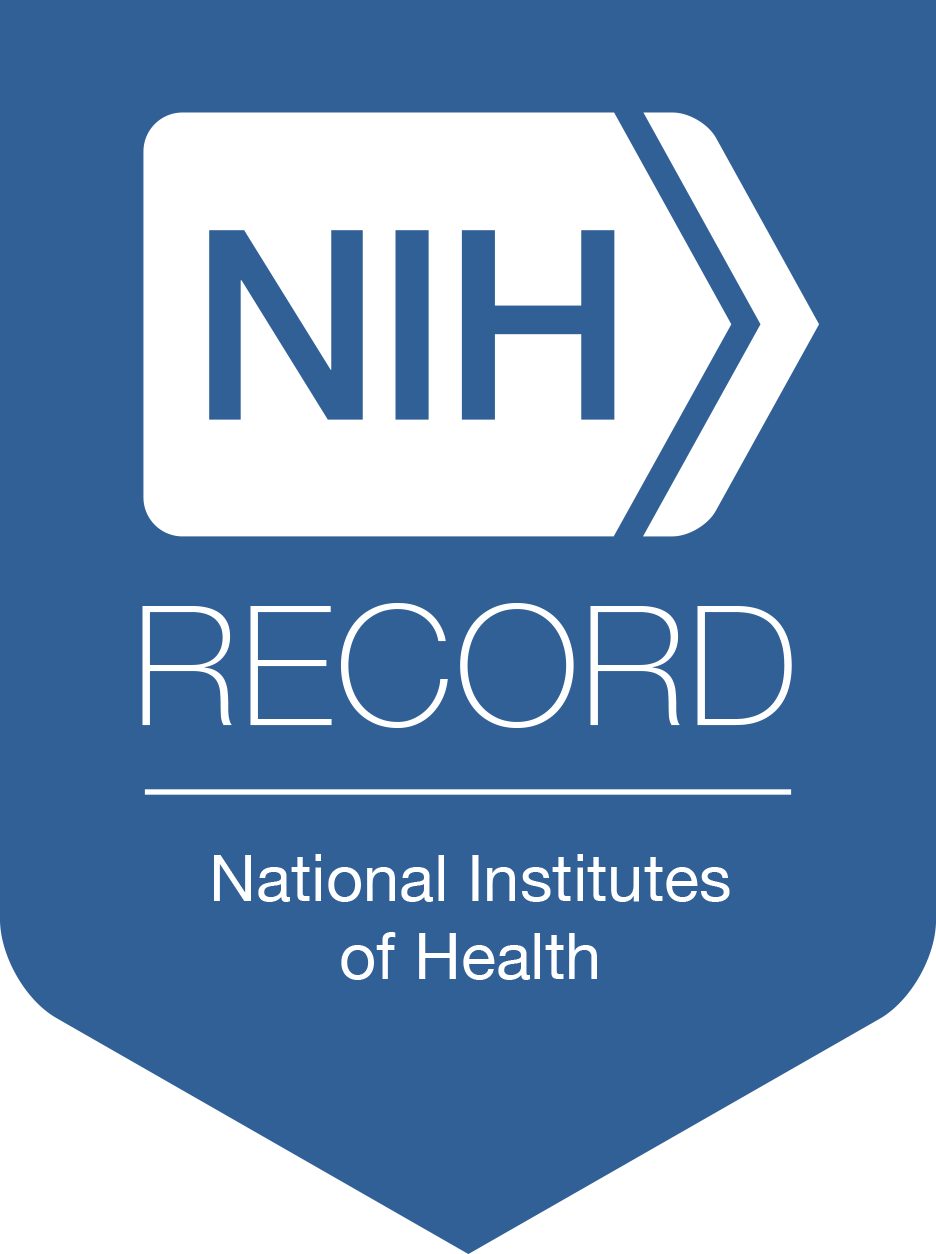Jaffe Lecture Will Connect Clinical Practice to Disease Recovery
While peering through a microscope over a century ago, German pathologist Carl Sternberg and later, American pathologist Dorothy Reed, independently described giant “Reed-Sternberg” cells, which are the microscopic hallmarks of Hodgkin lymphoma.

Learn how seemingly routine clinical observations can spur the discovery of new diseases and how they are managed at the G. Burroughs Mider Lecture, presented by Dr. Elaine Jaffe. Titled, “The Microscope as a Tool for Disease Discovery,” this talk is part of the Wednesday Afternoon Lecture Series (WALS) and will be held on March 5 at 2 p.m. E.T. in Bldg. 10, Lipsett Amphitheater.
In her talk, Jaffe will touch on the historical basis upon which lymphoma is classified today and illustrate how histological observations are integrated with our contemporary understanding of the immune system, genomic findings and a patient’s clinical presentation.
Jaffe joined NCI as a resident in anatomic pathology and has been a senior investigator since 1974, focusing on the classification and definition of lymphoid neoplasms. Recognizing her outstanding contributions to the field of hematology, she received the Henry M. Stratton Medal from the American Society of Hematology in 2013, one of her many awards.
Jaffe has served on the editorial boards of The American Journal of Pathology, Blood, and Cancer Research. In 2008, she was elected to the National Academy of Medicine, one of the highest honors bestowed to a U.S. scientist.
The Mider Lecture was established in 1968 in honor of the first NIH director of laboratories and clinics and is presented annually by an NIH intramural scientist to recognize outstanding contributions to biomedical research.
For those unable to attend in person, the event will be hosted on NIH videocast for HHS only at https://videocast.nih.gov/watch=55025.
